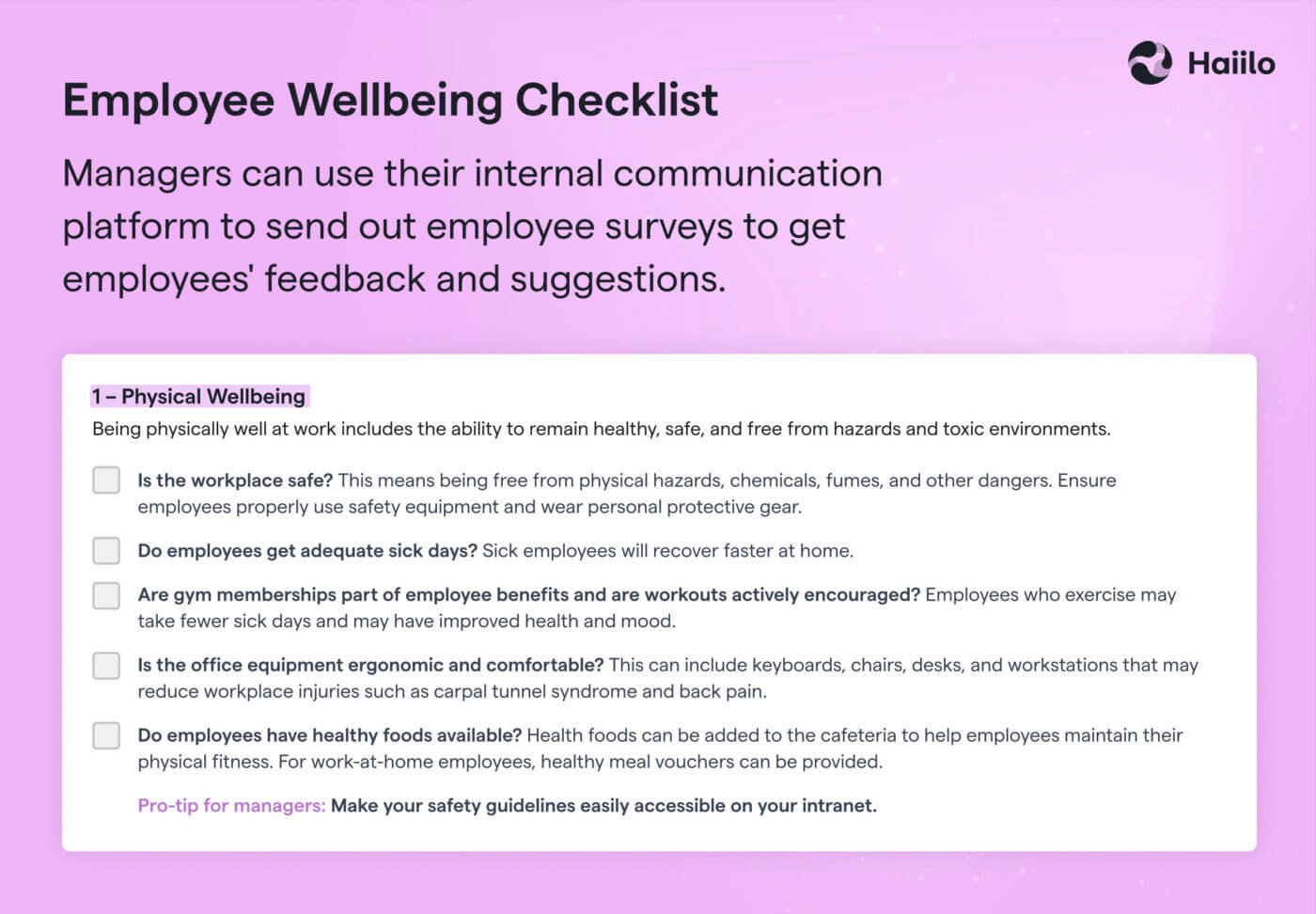What is Employee Value Proposition (EVP), and why should your organization invest in it? Let’s find out!
Companies no longer enjoy an upper hand in the recruitment and retention of talent. Today, employees have many options and are highly discerning while choosing jobs.
📚Check out Top Leadership Skills and learn how to lead your employees the way they need.
How can you attract and retain top talent in this competitive market? A compelling Employee Value Proposition (also called employer value proposition) to current employees as well as potential candidates can help.
What does developing a great Employee Value Proposition (or EVP) entail, and why is it so important?
In this article, we will go through the components of a great Employee Value Proposition (EVP). We will also walk you through the process of creating a strong Employee Value Proposition for your company.
Are you ready? Let’s dive in!
Use employee feedback to provide insights for your employee value proposition.
What Is An Employee Value Proposition?
Employee Value Proposition (EVP) is usually defined as a set of monetary and non-monetary benefits provided by an organization to its employees in return for the skills, capabilities, and experience they bring and the contributions they make to the organization.
However, this definition is rather outdated.
The modern definition of Employee Value Proposition
Employee Value Proposition is an ecosystem of support, recognition, and values that an employer provides to employees to achieve their highest potential at work.
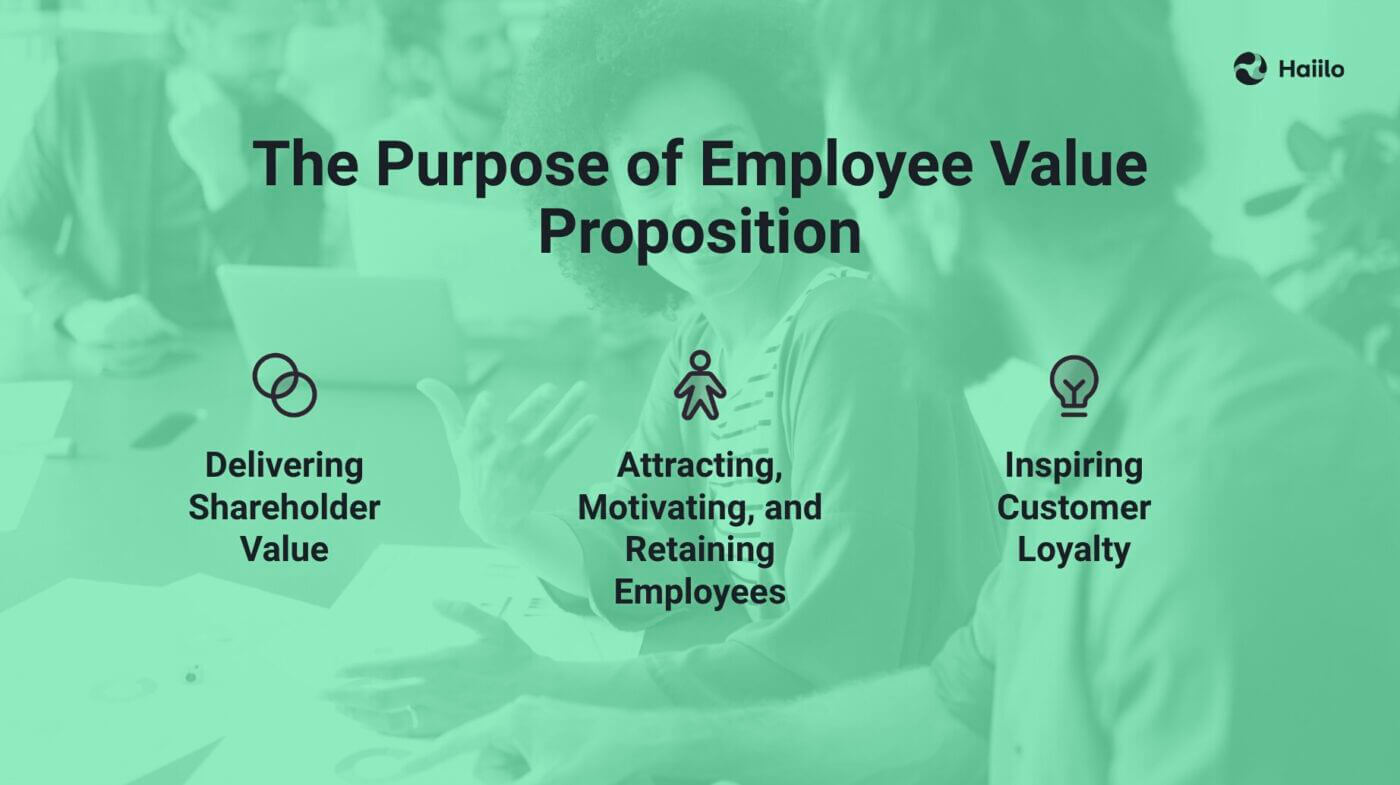
The key difference here is that EVP should not be looked at as a two-way transaction but as a comprehensive set of employer offerings that boost employee engagement and bring out the best in employees.
An effective EVP helps organizations and recruitment professionals in establishing a strong employer brand.
As a result of the macroeconomic changes, and challenges in finding and retaining talent, many organizations have re-assessed their core company values. Remote and hybrid work has reshaped the way people work, and people are looking for different benefits from their employers.
So let’s take a look into why defining and understanding a company’s EVP is so crucial.
Why Is Employee Value Proposition Important?
Employer branding is critical for an organization to attract top talent. Done right; an EVP offers a compelling answer to the question – Why should a highly talented person choose to work with us?
Designing an EVP that is unique to your organization will considerably improve your talent acquisition and retention, giving you an employer brand that has an edge over your competitors.
It makes talent management easy, even if you are trying to attract passive candidates.
1. Attracting Top Talent
There’s no denying that recruitment marketing has changed drastically. Prospective employees are becoming more and more discerning in their job search.
The explosion of remote and hybrid work options means that candidates can find higher-paying jobs that also give them better employee experience in terms of flexibility and work-life balance.
📚Read on: 8 Employee Engagement Statistics You Need to Know in 2020
This has made attracting top talent a lot harder for HR professionals.
An EVP acts as a key driver of talent management and talent acquisition. Therefore, consistent and efficient communication of an employee value proposition that enhances employer branding has become extremely important.
2. Retaining Top Talent
In any market conditions, it is important to attract the right talent. But retaining high-performing employees is equally important, if not more.
According to Gartner, companies with a strong EVP can decrease annual employee turnover by 69%. Plus, these organizations are four times more likely to have highly engaged employees and two times more likely to have high performers.
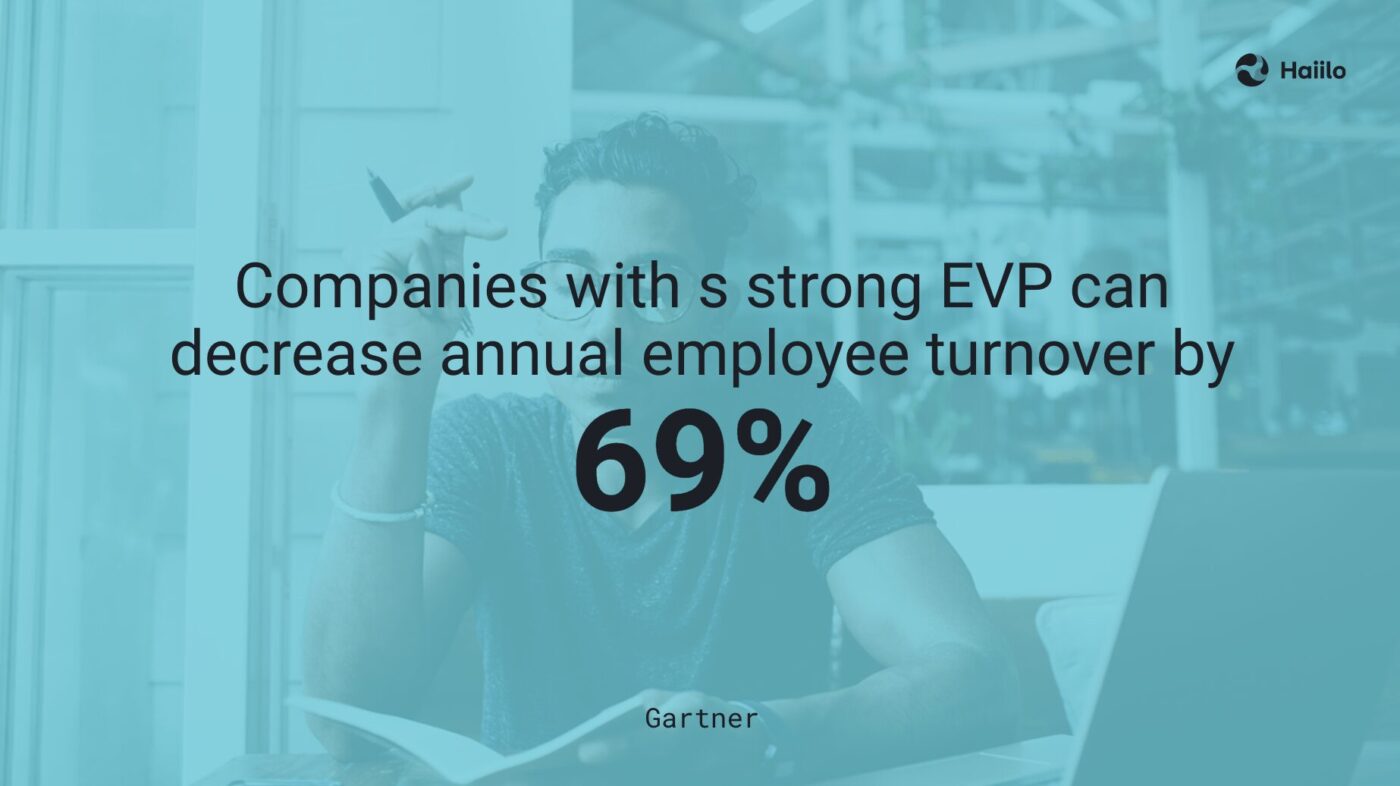
By defining a clear and compelling EVP that focuses on professional development, work-life balance, recognition of outstanding performance, and a culture of collaboration, organizations can cultivate an environment where employees not only want to stay but also become passionate ambassadors for the company.
Furthermore, losing talented employees means losing productive people who are hard to replace. It’s time-consuming and expensive. This is why Fortune 500 companies make extensive efforts to retain their top talent.
3. Optimizing Recruiting Expenses
Firstly, if your company’s employee value proposition is compelling, you will get more applications from talented candidates.
Consequently, your human resources team will need to spend less on recruiting agencies, job ads, social recruitment strategies, and other talent acquisition expenses.
Essentially, your cost per hire will fall.
Secondly, because an EVP also helps retain top talent, it saves on additional recruitment and training costs. This translates to a sizeable amount as many company resources are poured into educating and training fresh candidates.
4. Building a great corporate culture
When employees know what their company stands for, they are more motivated and engaged at work. This is particularly true when employees’ values match their company’s values.
Consequently, when organizations care about this match, they are more likely to build a great corporate culture their employees will appreciate.
5. Improving employee experience
An organization’s EVP also impacts the overall employee experience in the workplace. Employee-driven companies define their value propositions based on their workforce.
This ability to focus on what people truly care about is what brings the biggest competitive advantage to successful organizations.
What Are the Components of an Employee Value Proposition?
Defining a unique employee value proposition is all about assessing the core strengths of your organization.
This process involves identifying the different elements that come together to make your organization an awesome place to work.
Here are five main components that your EVP should include:
1. Financial Rewards
This component of EVP addresses an employee’s expectation from the overall evaluation and compensation system – the total rewards. It covers all the financial offerings like salary, bonuses, and stock options.
On the face of it, financial compensation may seem like the key motivator for the workforce. But, it is only a piece of the puzzle when it comes to an employee value proposition.
📚Read on: Top 15 Employee Motivation Tips and Benefits
Let’s look at the non-financial benefits.
2. Employment Benefits
This component of EVP is associated with a range of additional benefits associated with the job. These include things like:
- Health insurance
- Retirement benefits
- Paid leaves
- Gym memberships
- Company-sponsored holidays
A benefits package works best when it’s customized to the industry, the culture, the organization, and the employees. So, feel free to get creative with it.
3. Career Development
Employees want to see the growth potential their job has to offer and how the organization can contribute to their career development. This component of EVP includes:
- Technical training
- Leadership training
- Sponsored courses (things like a project management certification or even an MBA)
- Mentoring and career guidance
- Promotion opportunities
- Opportunities to work in other cities or countries
- Opportunities to change domains
- Opportunities to work on specific projects
For an organization that is unable to offer salaries at par with its competitors, offering a clear career development and growth plan can be the difference between hiring and losing quality talent.
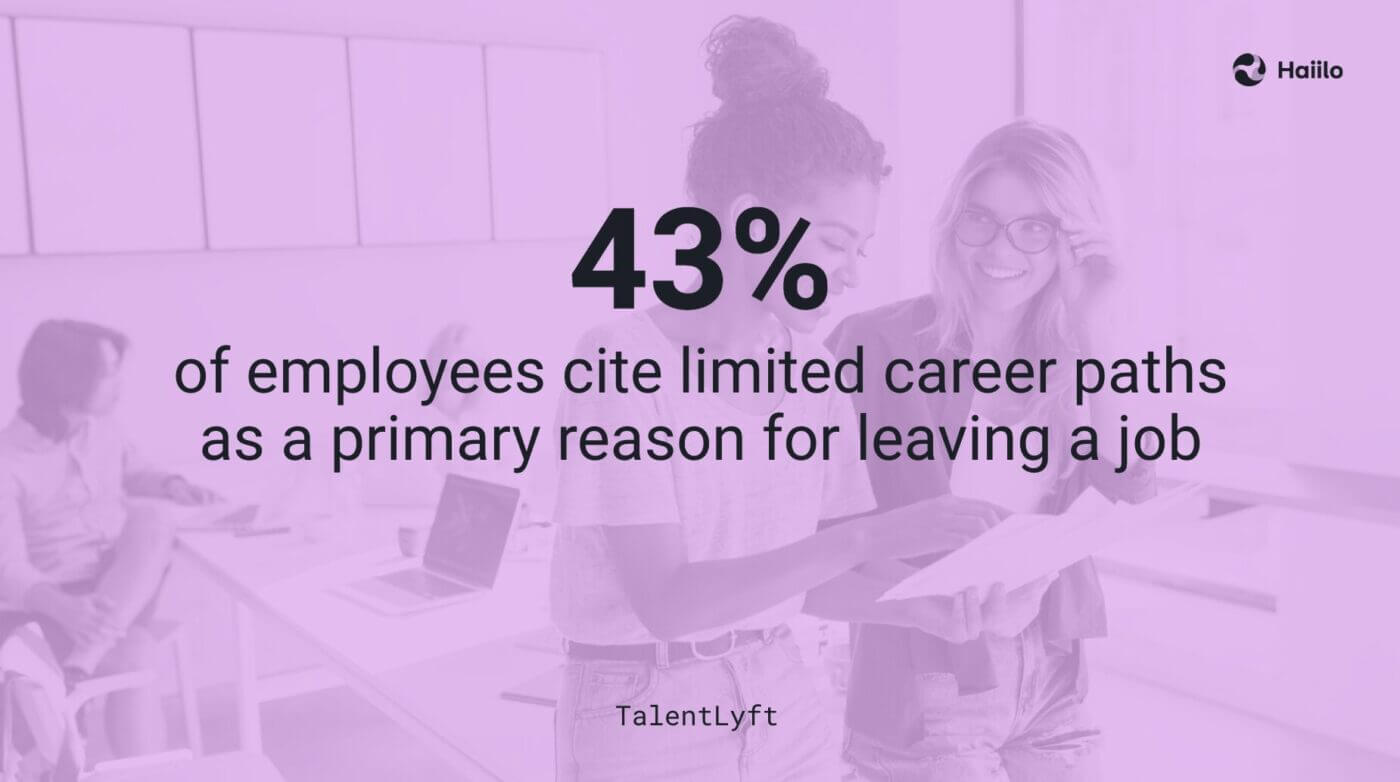
4. Work Environment
This component of EVP is associated with factors that constitute a positive working environment. These include things like:
- Flexible working hours
- Work-life balance
- Recognition
- Team building
- Communication systems
- Workspace design
- Employee wellbeing
Organizations must recognize the importance of creating a work environment where employees thrive and do meaningful work.
This adds to positive employee experience and engagement. They must consciously make efforts towards building and marketing such an ambiance.
📚Read on: Remote Work: 20 Ways to Engage and Connect with Your Remote Employees
5. Company Culture
Management guru Peter Drucker once famously said, “Culture eats strategy for breakfast.”
Several industry leaders across the world concur with this belief.
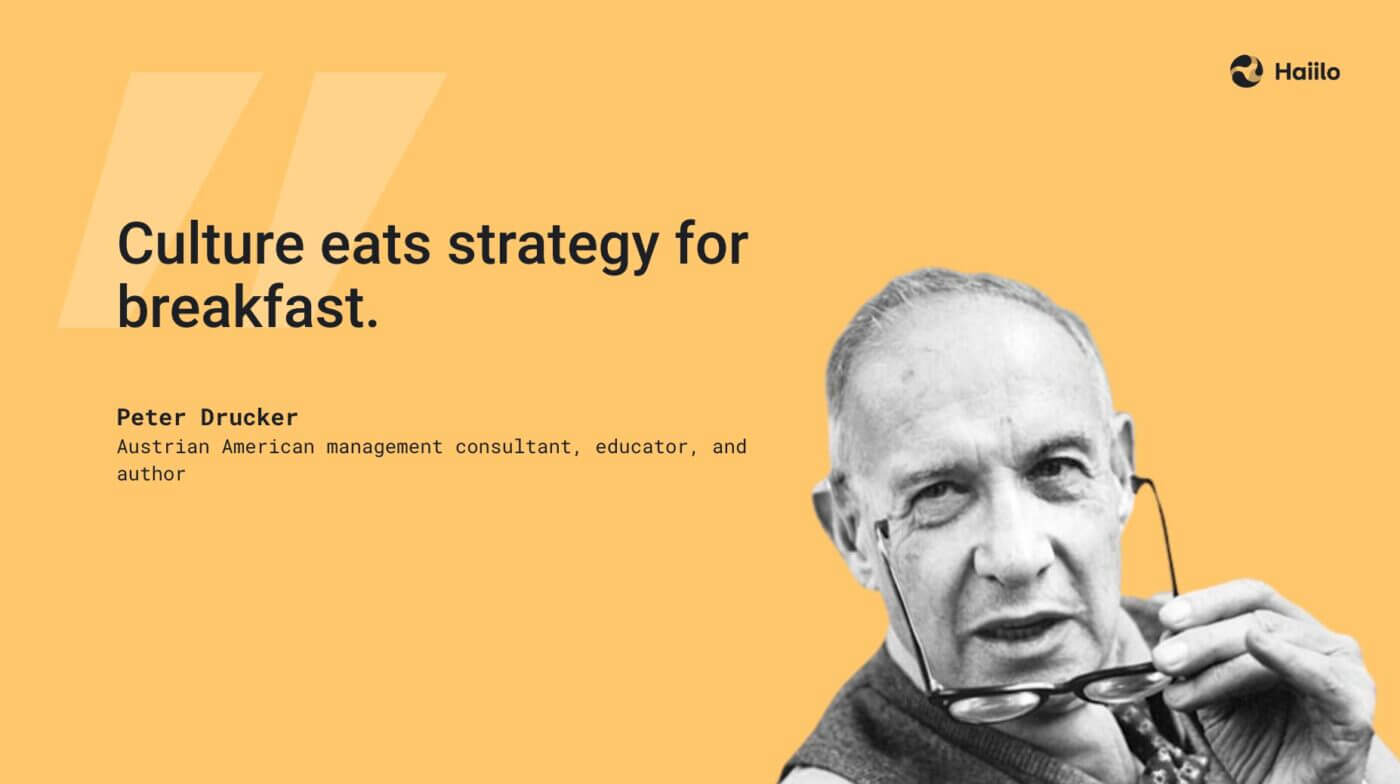
This component of the employer value proposition addresses the factors that constitute a great company culture.
📚Read on: Company Values: Definition, Importance and Examples
These include things like:
- Trust and collaboration
- Positive relationships between team members across hierarchies
- Team communication and support
- Alignment of employees with company goals
6 Steps to Creating a Great Employee Value Proposition
Now that we have identified the main components of an EVP, it makes the complex task of building one a lot easier.
Here are six steps to building a great EVP for your organization:
- Assess what you currently offer
- Interview your existing and past employees
- Define the key components of your EVP
- Write your employee value proposition
- Promote your EVP through the right channels
- Review the results
1. Assess what you currently offer
EVP development should start with the basics. You must assess what your company currently is and what it isn’t. You should be clear about your branding.
Make a checklist of all the components of EVP in the above section. Go through each item in the EVP checklist and determine the extent to which your company currently offers each.
It’s important to be completely objective while carrying out this activity. That’s why it’s useful to take opinions from your employees about how well these are being met.
2. Interview your existing and past employees
Knowing what your company can and cannot offer is crucial for building a strong EVP.
Use employee surveys to collect feedback from focus groups that include current employees and any new hire.
Include past employees as well in employee surveys, and understand what the organization could have done to help them stay. Lastly, follow this by researching your prospective employees.
In the employee surveys, ask your current employees questions like:
- Why do you like working here?
- What motivates you at work to engage more?
- What improvements would you like to see?
- What’s the single most important need that you have related to our company?
- What kind of support do you expect from the company to help you achieve your professional development goals?
Use the responses given by different focus groups to find out what motivates your top performers and incorporate this feedback to build a better job offer for your potential employees.
3. Define the key components of your EVP
Now it’s time to evaluate your findings and arrive at your company’s new employee value proposition. This is how you will attract and retain top talent.
Use the research from the previous steps to answer questions like:
- What salary range and employment benefits will attract my target candidate persona?
- What career growth opportunities is my target candidate looking for?
- What kind of company culture will help my target audience succeed at work?
- What constitutes an ideal work environment for my target candidate persona?
Your EVP should also be segmented for different roles and levels. For example:
- The EVP for recent graduates to fill an entry-level position will highlight things like career growth, fun office environment, positive employee experience, and employee perks.
- The EVP for professionals who are not recent graduates will highlight things like career stability, child-care support, and work-life balance.
Once you have determined what you will offer, translate it into statements that candidates can quickly understand and relate to. Now your strong employee value proposition is ready!
4. Write your employee value proposition
Once you’ve identified how your company differs from the competition and what employee experience you can deliver, the next step is to write a strong employee value proposition statement.
Make sure that your EVP statement is clear, unique and inspirational. That’s the only way it will help you attract and retain top talent.
Also, make sure that your EVP is aligned with your employees and the company’s expectations.
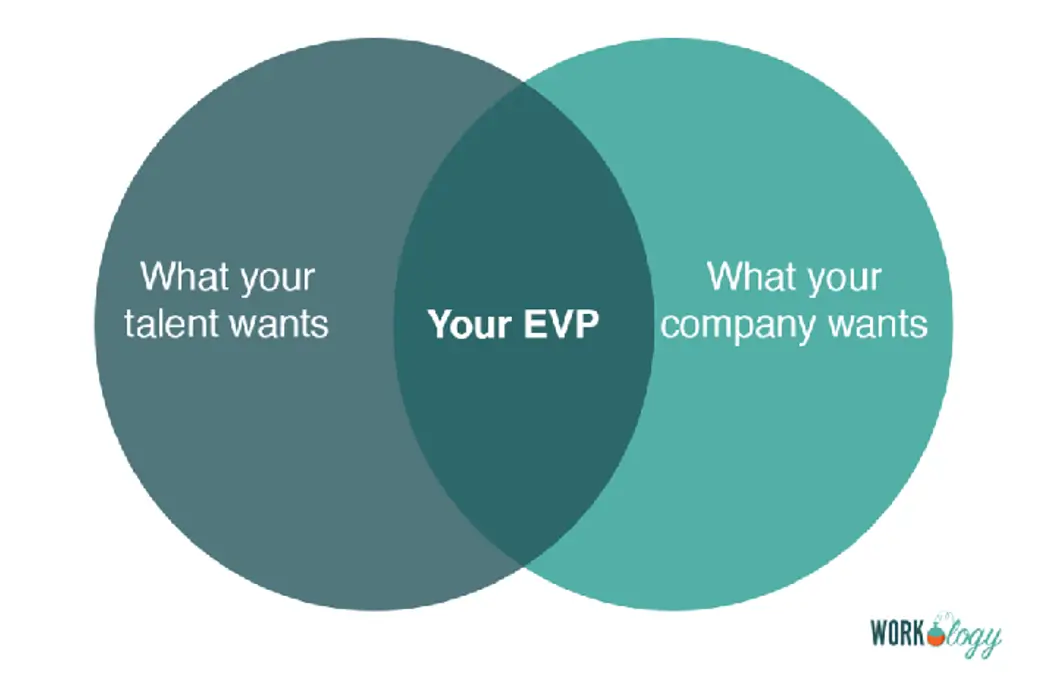
Source: WorkOlogy
5. Promote your EVP through the right channels
So, you have a winning EVP in place, but even the best EVP is pointless unless it is well communicated.
So what’s next?
Don’t just talk about your EVP on the careers page on your website. Promote it!
Leverage the different internal and external communication channels you’re currently using in your organization to get the word out.
Internally, promote your EVP through company blogs, newsletters, email, town halls, and internal communication tools like Haiilo.
Indeed, the way you communicate with your employees has a direct impact on the employee experience you deliver and, by extension, your employee value proposition.
📚Read on: Top 5 Communication Skills and How to Improve Them
Essentially, Haiilo allows you to:
- Create personalized news feeds based on your employees’ job functions, preferences, interests, locations and the languages they speak so you share with your employees the news and information that are relevant to them
- Embrace real-time communications and provide an easy mobile-access to information
- Keep all your employees connected and informed, no matter where they are
- Easily segment your internal audiences for better content localization and personalization
- Create pages and communities dedicated to specific company topics
- Work as a knowledge base for all employees
- Enable your employees to collaborate more efficiently
- Connect various communication, collaboration and document sharing tools
- Provide data on how your employees are assessing the vibe in the workplace and what are their main concerns so you can take your internal communication to the next level
- Enable employees to become brand ambassadors by sharing important company news and educational content with their personal networks.
Externally, you can promote your EVP across social media, such as LinkedIn pages, website careers page, job postings, recruiting videos and employee referral programs.
Get your brand ambassadors to promote the employer brand using their social media platforms.
There are many communication tools available to help you promote your EVP across various touchpoints of the candidate journey.
The key is to ensure it is integrated into your corporate communications plan and employer branding strategy.
6. Review the results
The first step in the review process is to measure how key talent is responding to your new EVP.
Check metrics such as:
- Higher engagement on social media on job-related posts
- Increase in applications
- Increase in responses from passive candidates
- Falling attrition
But that’s not all!
Keep reviewing your EVP from time to time – at least once a year. People’s expectations change over time, and even if your current EVP is extraordinary, fresh takes are always important for it to keep working.
Therefore, keep taking employee interviews in focus groups to understand what people are looking for. This will ensure your EVP is still strong to attract and retain the right talent.
Example: Employee Value Proposition at Haiilo
At Haiilo, we believe that successful employees make a successful company. We have built our culture on a set of core beliefs and values that keep the employee at the center.
We define leadership to be a fine balance of support, encouragement, ownership, and knowledge sharing.
📚Read on: What Are The Top Leadership Skills That Make a Great Leader?
Instead of charting out traditional career paths, we encourage our employees to create and define their growth opportunities not just as individuals, but also as teams.
Employees are encouraged to take the initiative, be it moving between functional roles or even creating a new one that didn’t exist.
Being big believers in learning by doing, we strongly promote the idea of self-development and employee empowerment.
📚Read on: Empowerment in the Workplace: Definition & Best Practices
Despite having offices globally, we work as a singular team towards a common goal. The key highlights that define our team is:
- We value diversity and derive strength from the 20+ nationalities representing us
- We share our success by offering team members to be company options holders
- We have remained efficient and continue to value our resources as we grow
- We embrace austerity as we value time and capital very highly
Key Employee Value Proposition Stats You Can’t Ignore
- Organizations can reduce the compensation premium by 50% and reach 50% deeper into the labor market when candidates view their employee value proposition (EVP) as attractive (Gartner)
- Businesses that effectively deliver on their EVP can decrease annual employee turnover by just under 70% and increase new hire commitment by nearly 30% (Gartner)
- A well-executed employee value proposition can increase the likelihood of employees acting as sponsors from an average of 24% to 47% (Link Humans)
- 57% of recruiters say their top challenge is differentiating their company from the competition (SmartDreamers)
- 75% of Americans would not take a job with a company that had a bad reputation, even if they were unemployed (TalentLyft)
- 43% of employees cite limited career paths as a primary reason for leaving a job (TalentLyft)
- Happiness led to a 12% spike in productivity, while unhappy workers proved 10% less productive (Fast Company)
- 64% of employees feel they do not have a strong work culture (Sapling)
- A survey run in the UK during the pandemic showed that 73% of the respondents believed they were more efficient when working from home (Statistica)
- 22% of remote employees say that they struggle to unplug after work (Buffer)
- 85% of employees say they’re most motivated when management offers regular updates on company news (Trade Press Services)
- Only 21% of IC experts believe that employees have a good understanding of why senior leaders make the decisions they do (h&h)
- Employees who say their manager is not good at communicating are 23% more likely to experience mental health declines (Harvard Business Review)
- Only 13% of employees strongly agree that their leaders are effectively communicating with the organization (Gallup)
- 74% of employees have the feeling they are missing out on company news (Haiilo)
- Only 23% of executives say that their companies are excellent at aligning employees’ goals with corporate purposes (Deloitte)
- Employee satisfaction at Google rose by 37% as a result of employee support initiatives (Fast Company)




